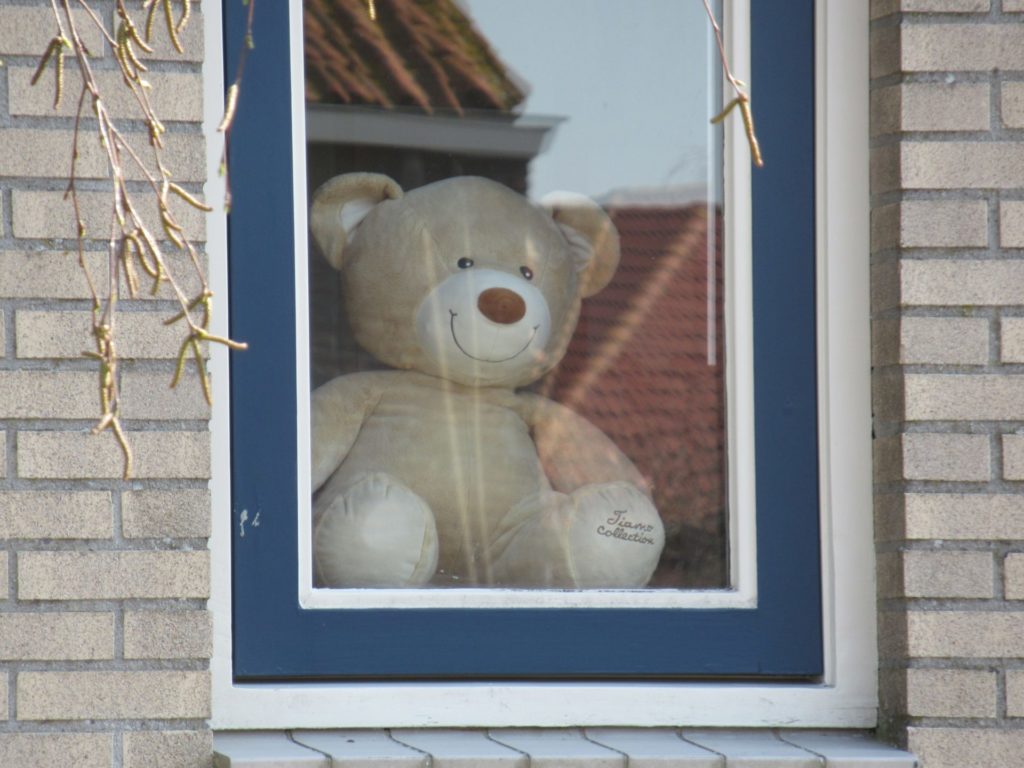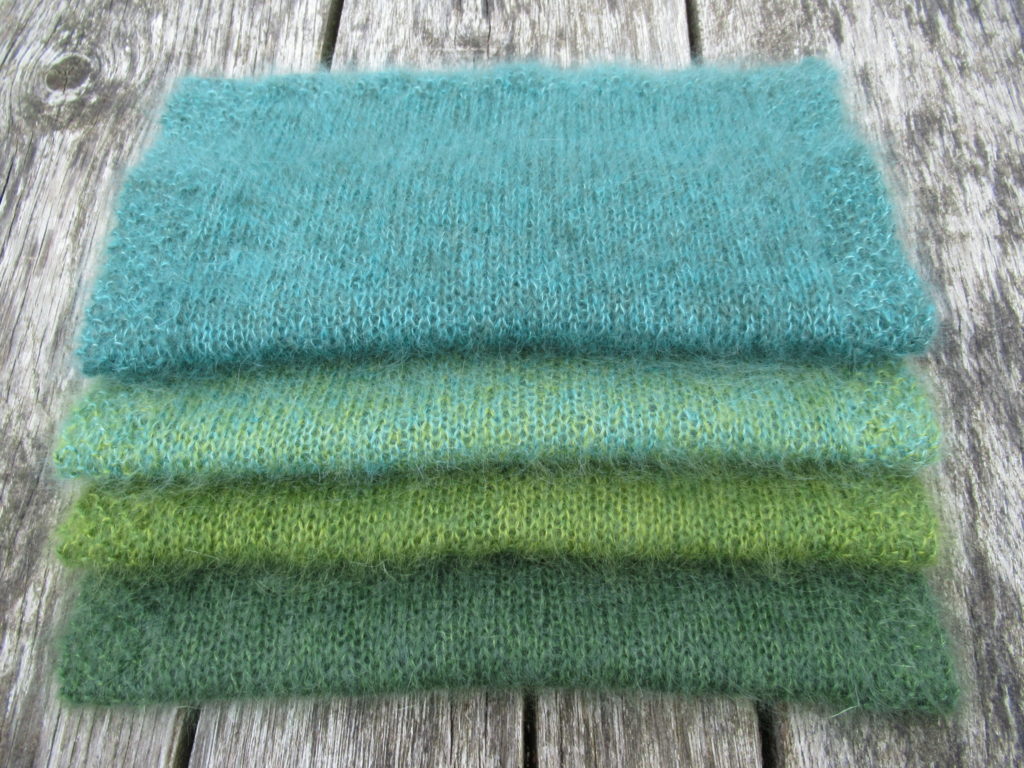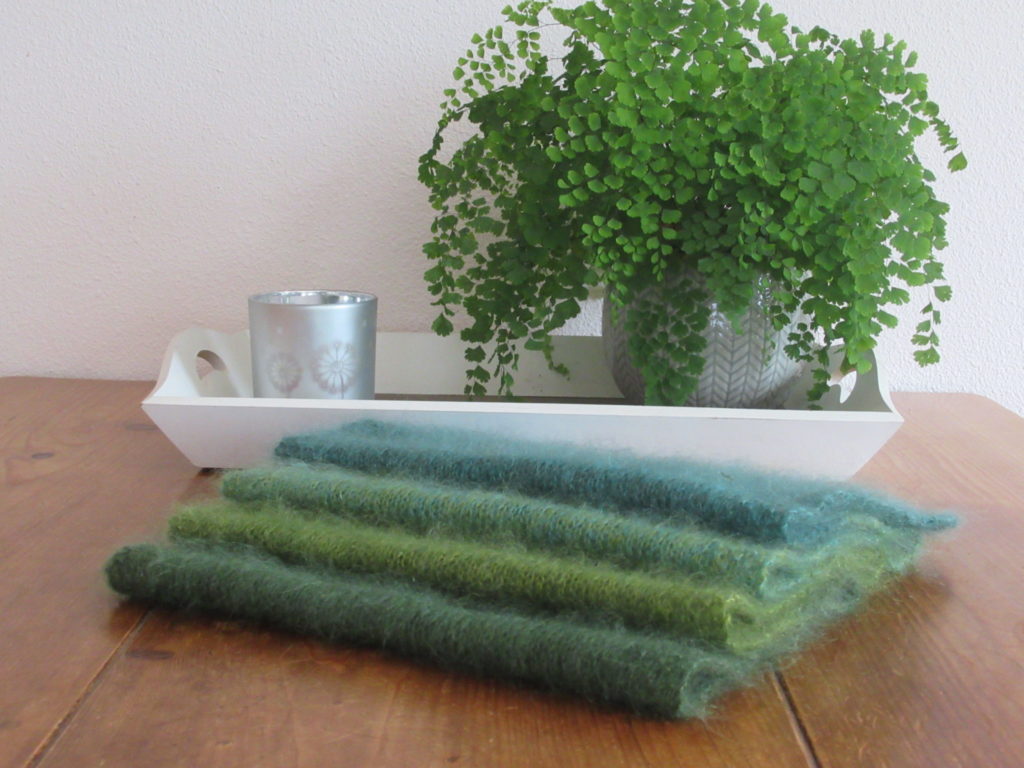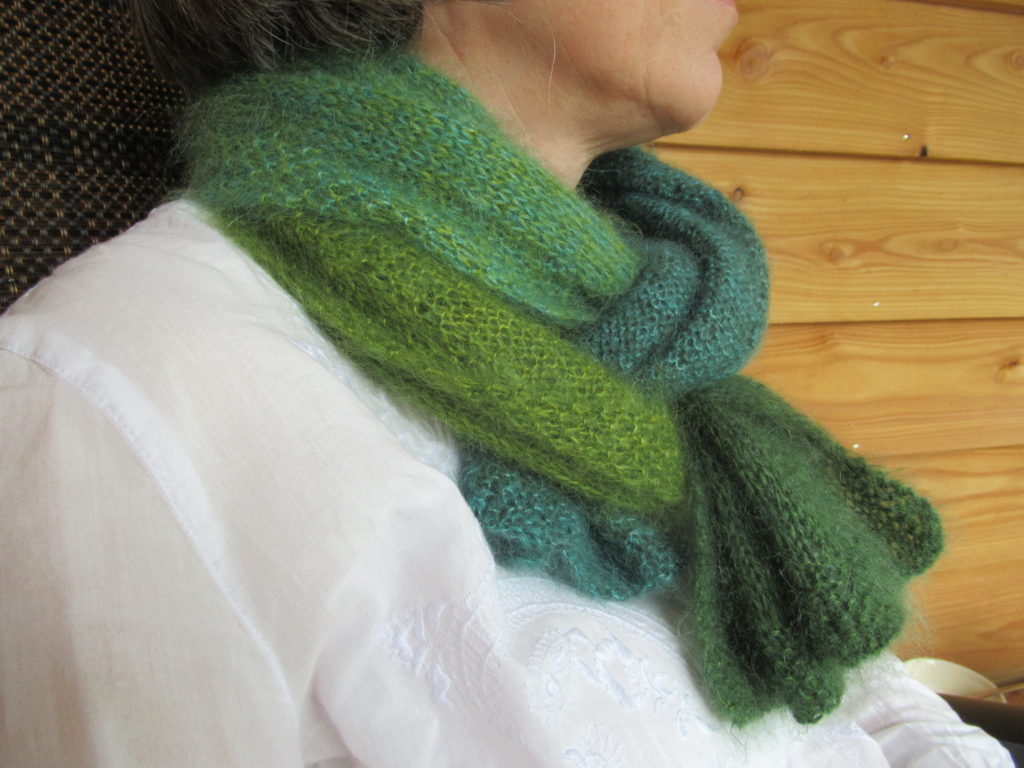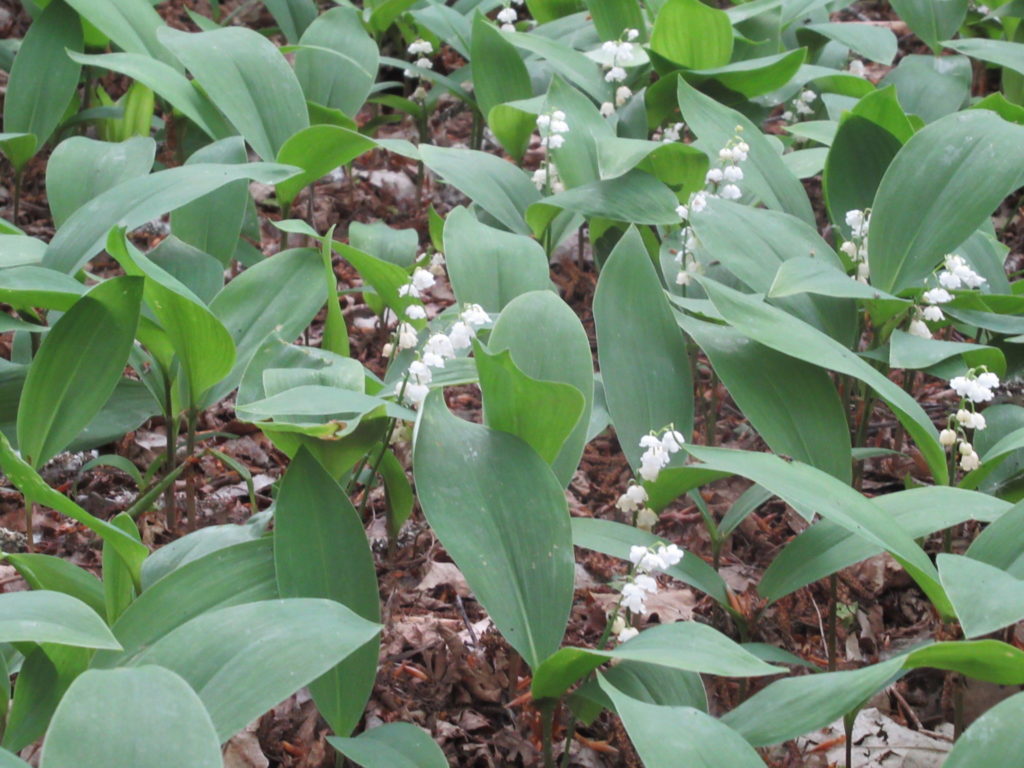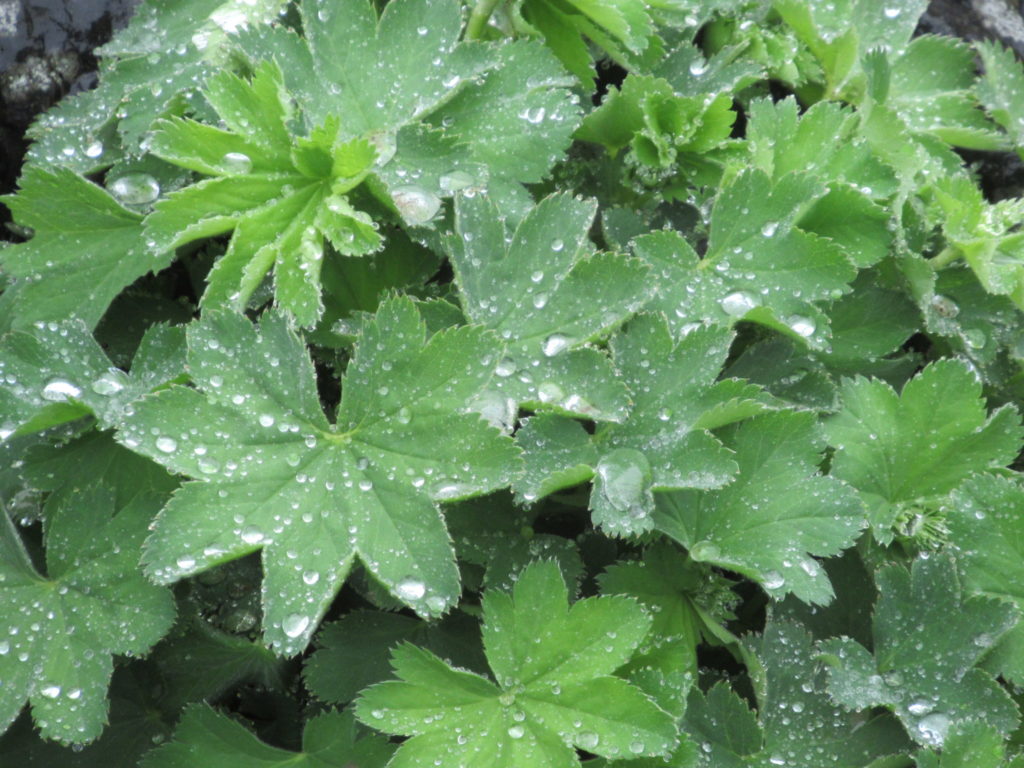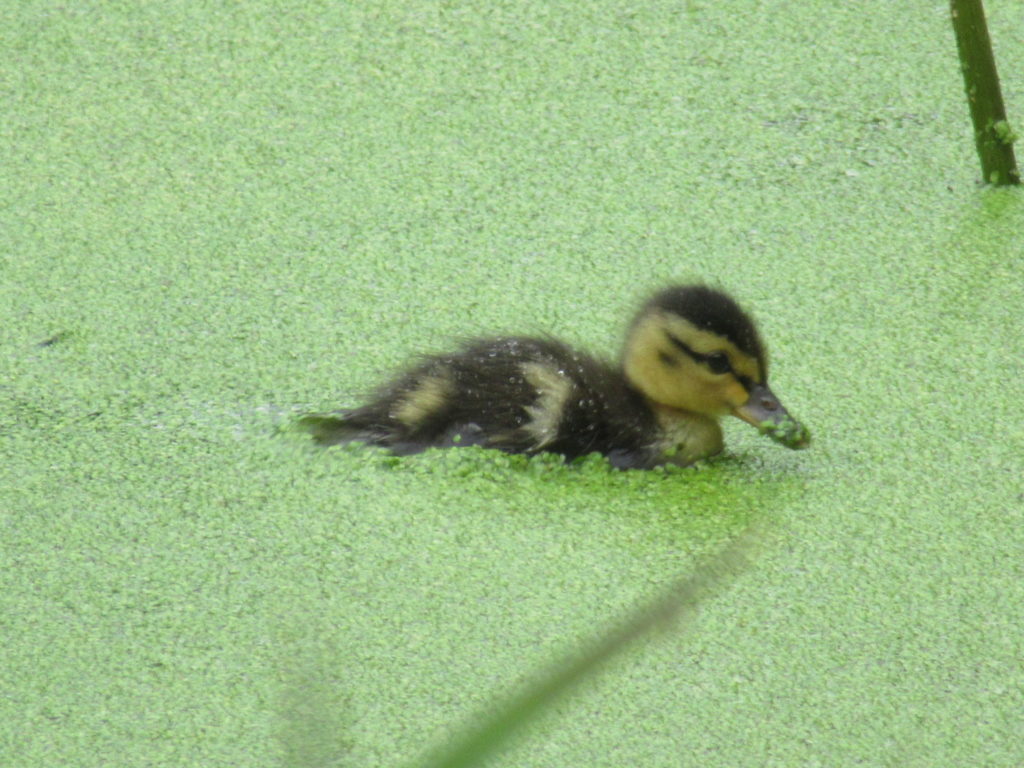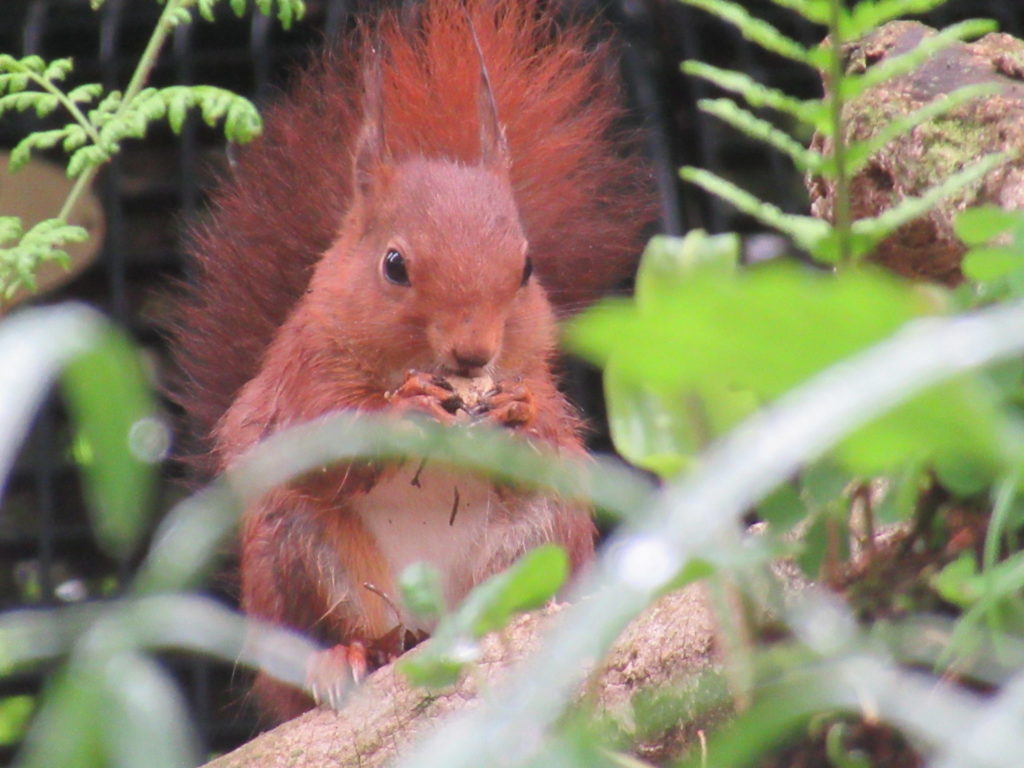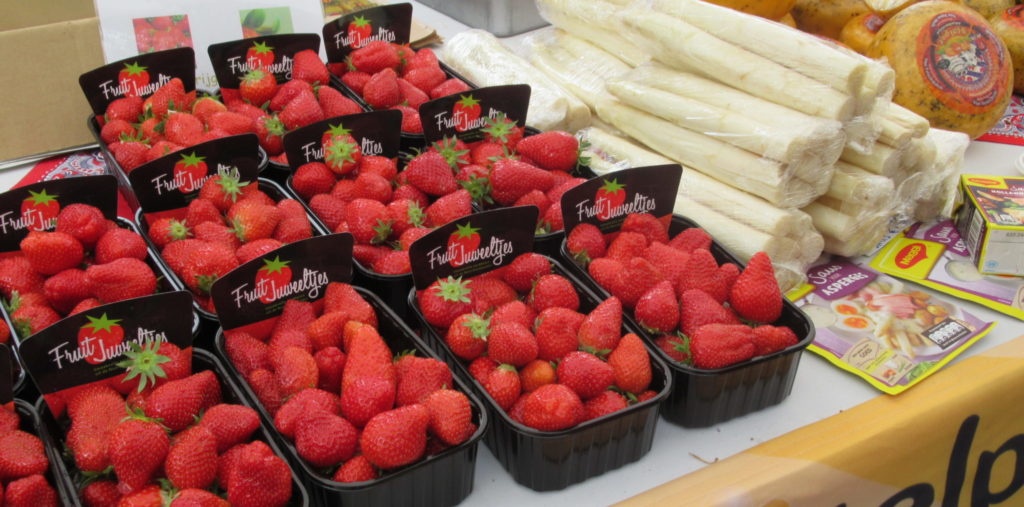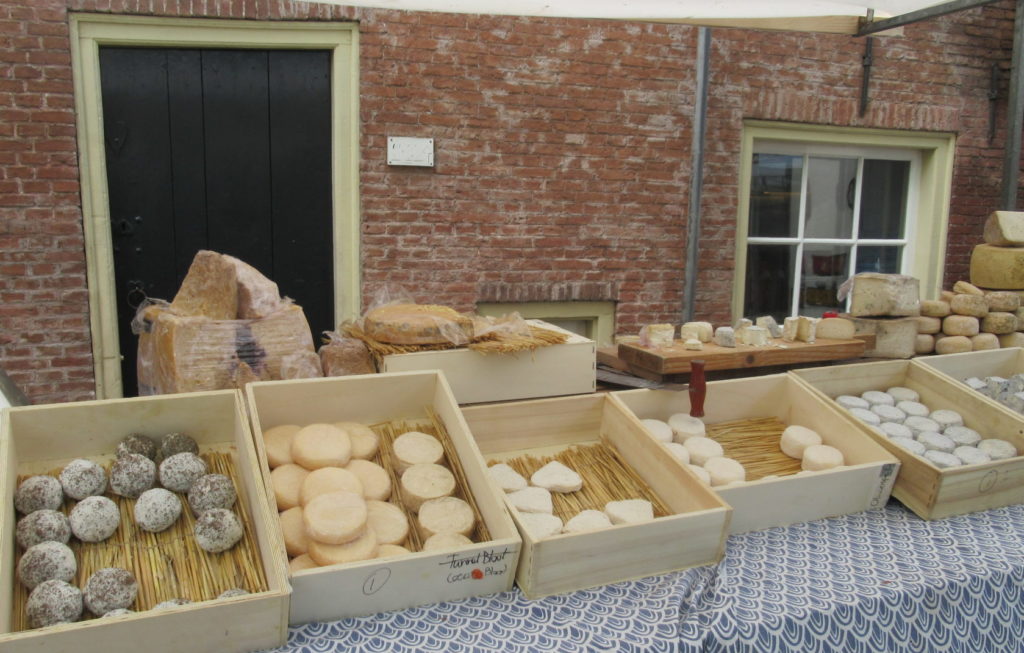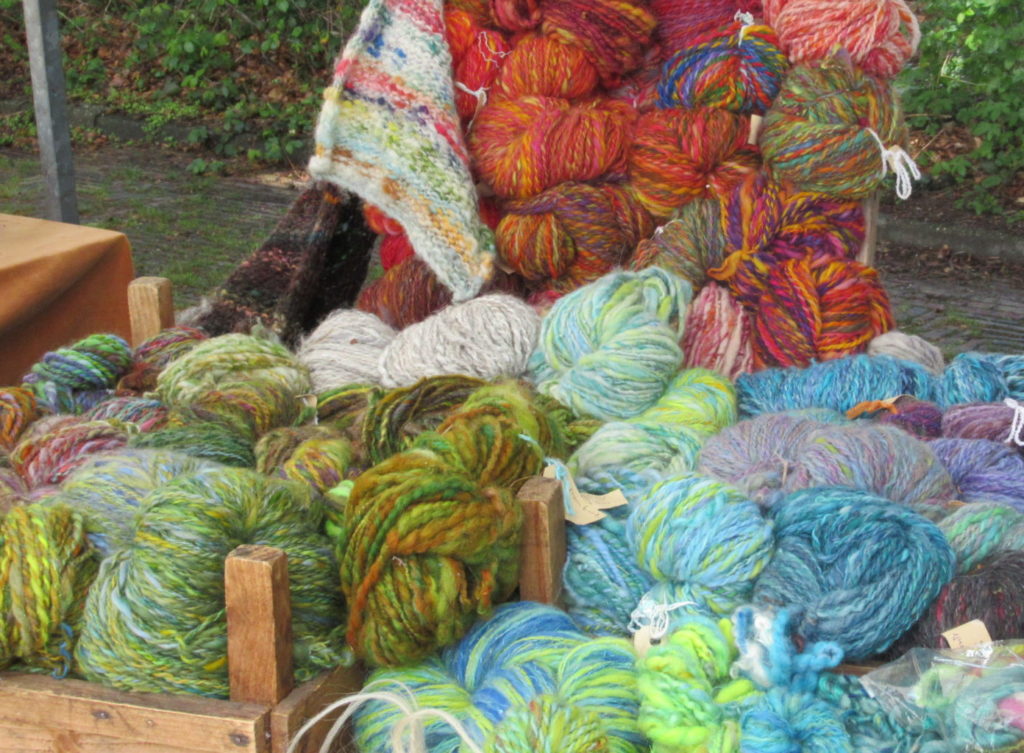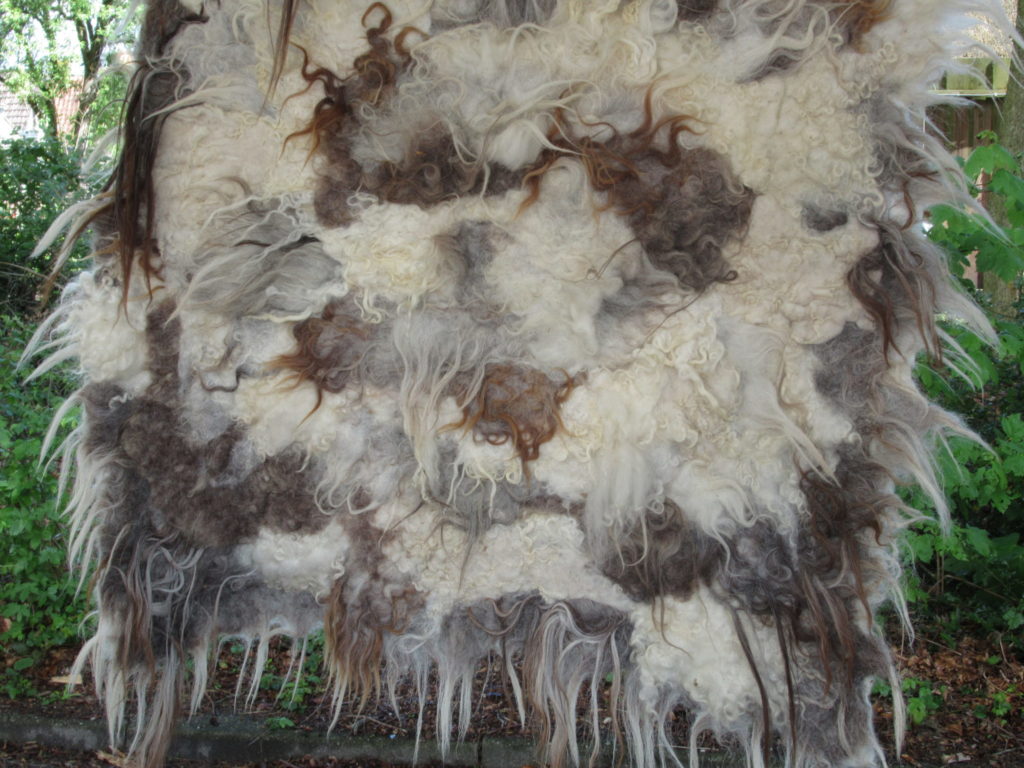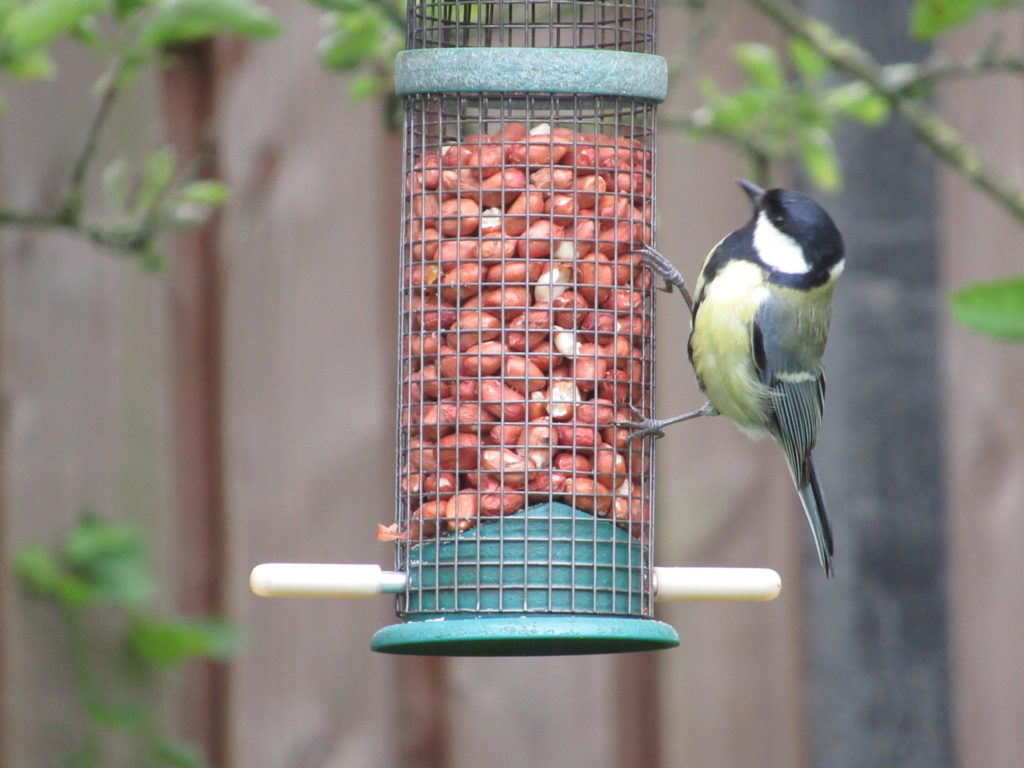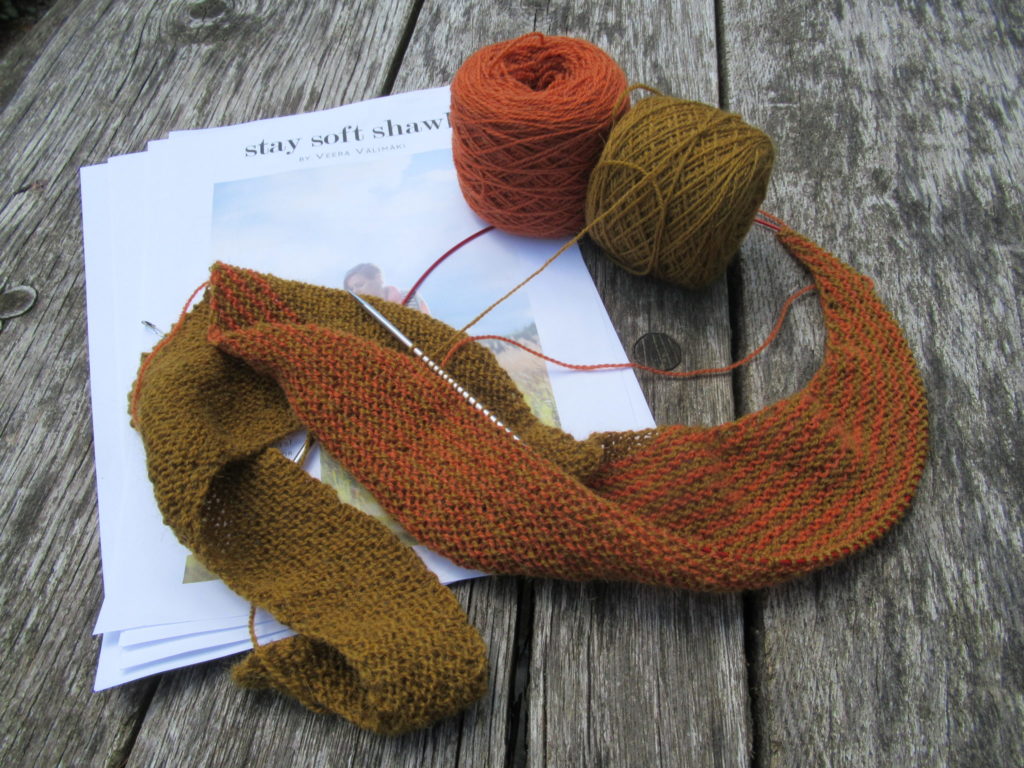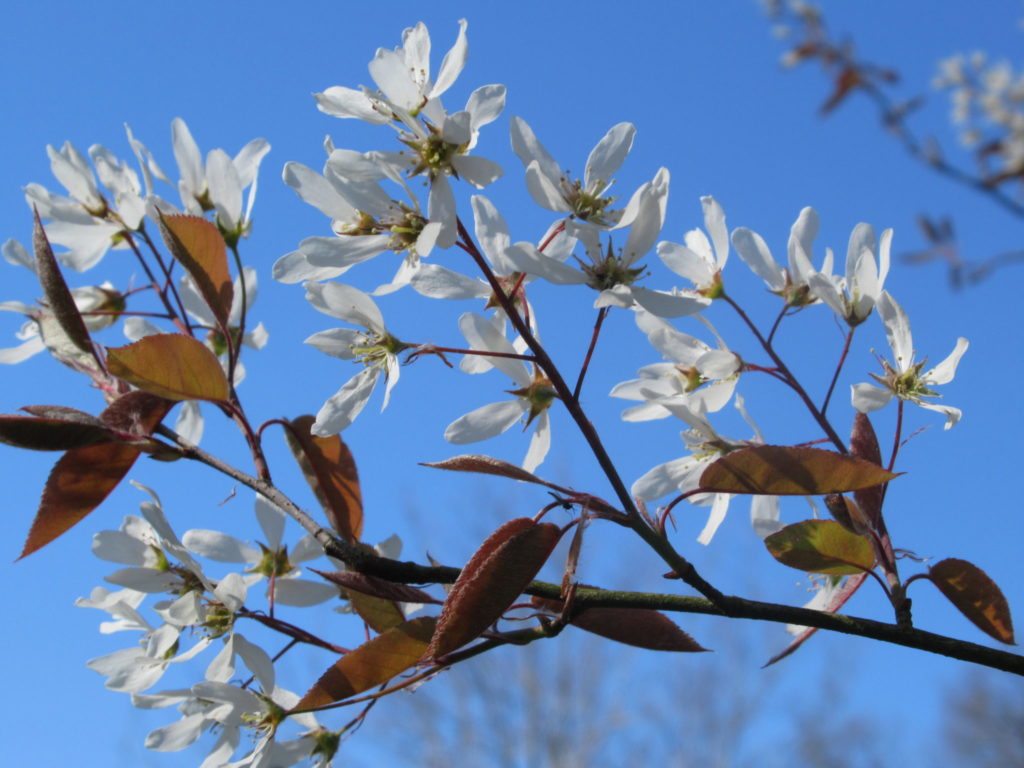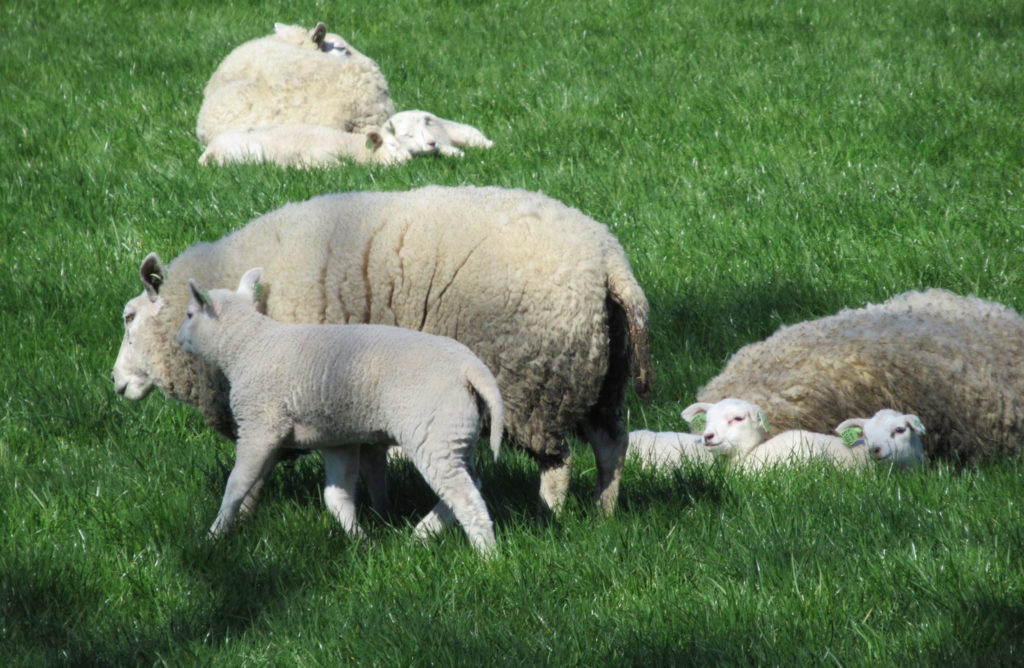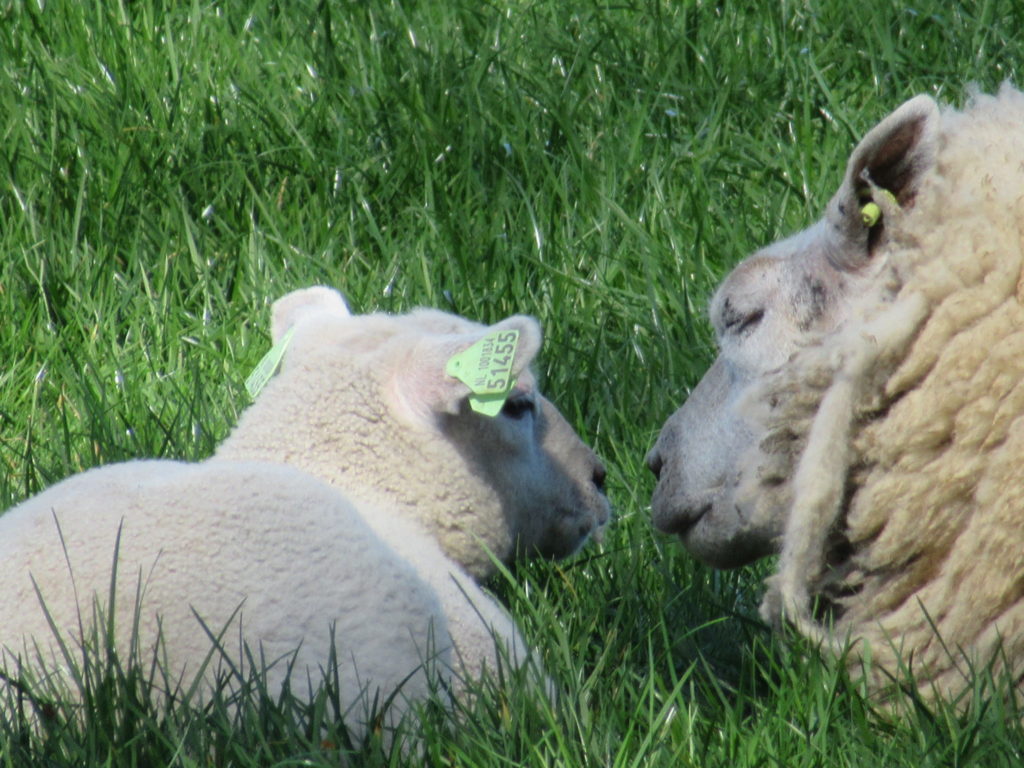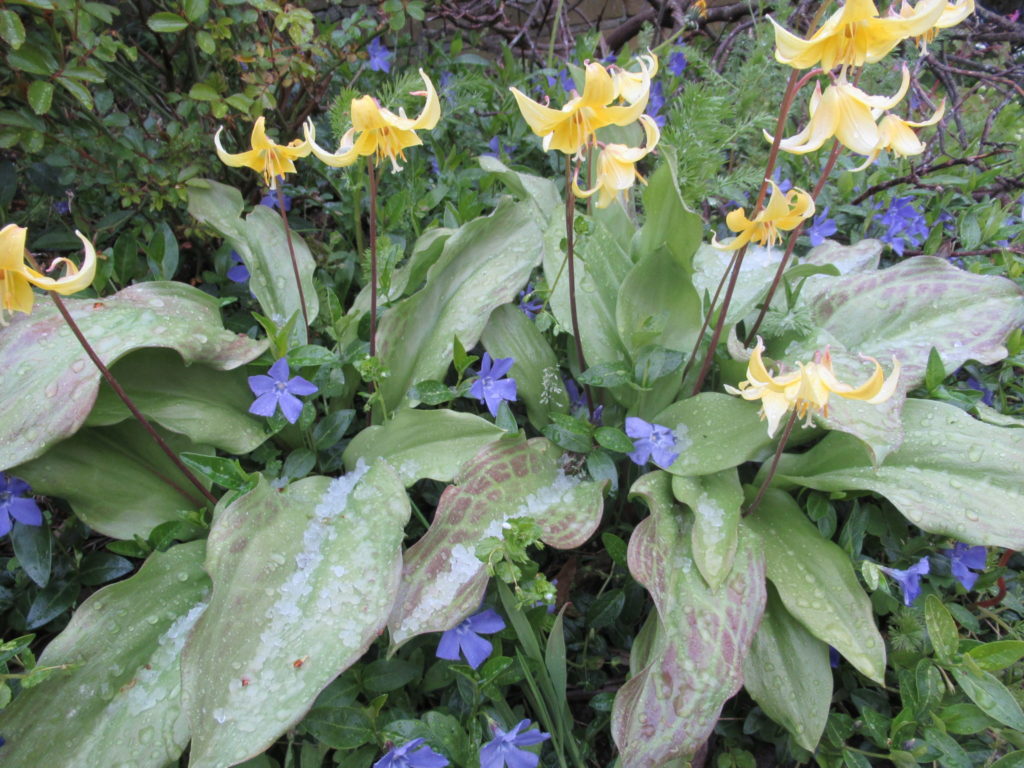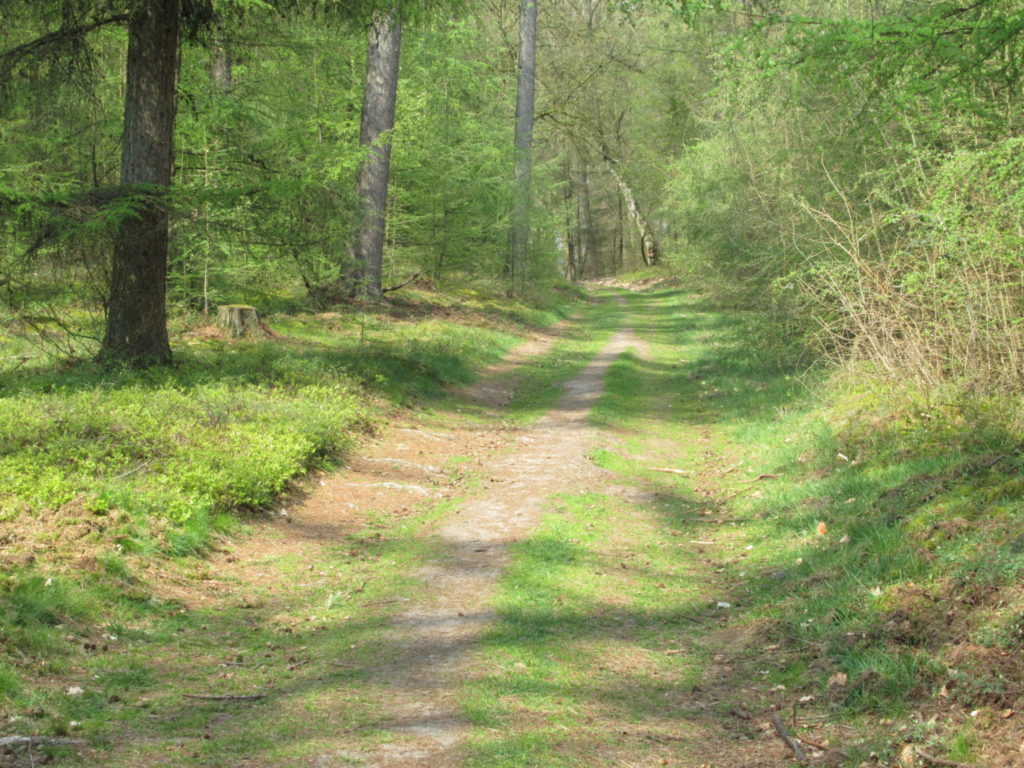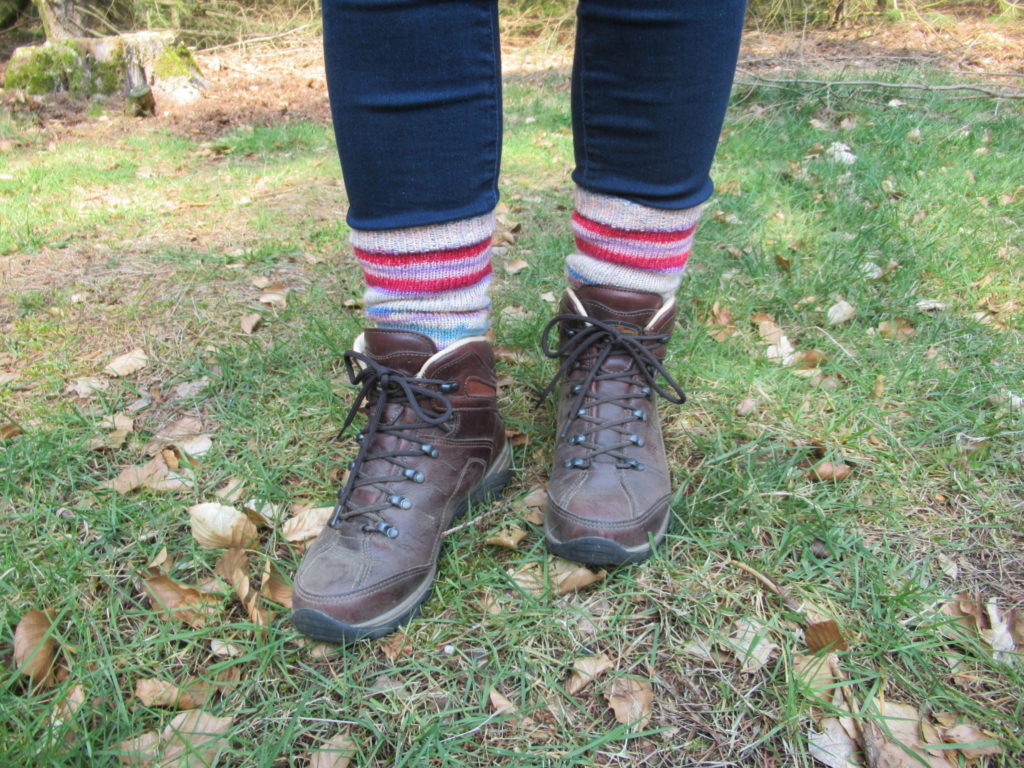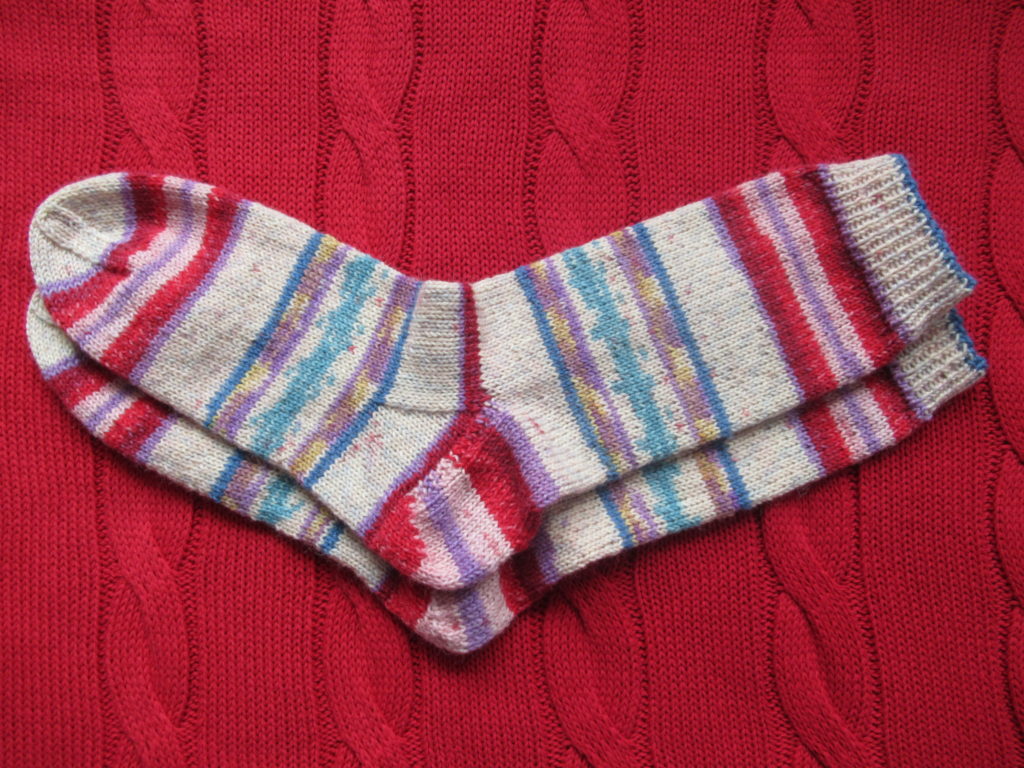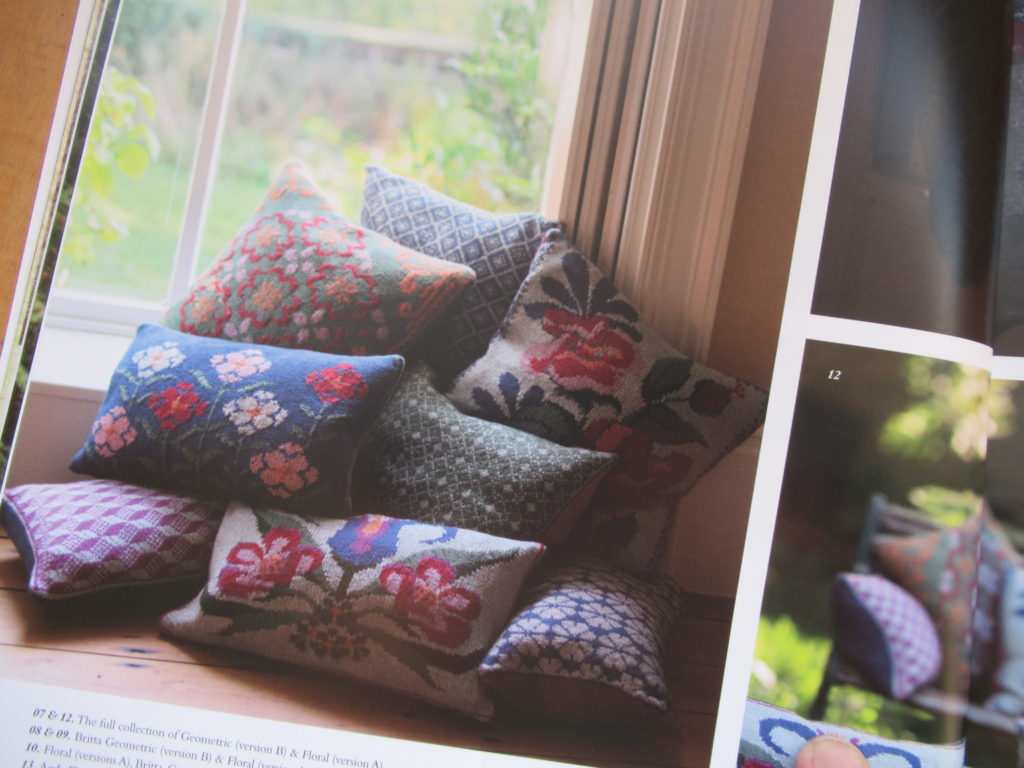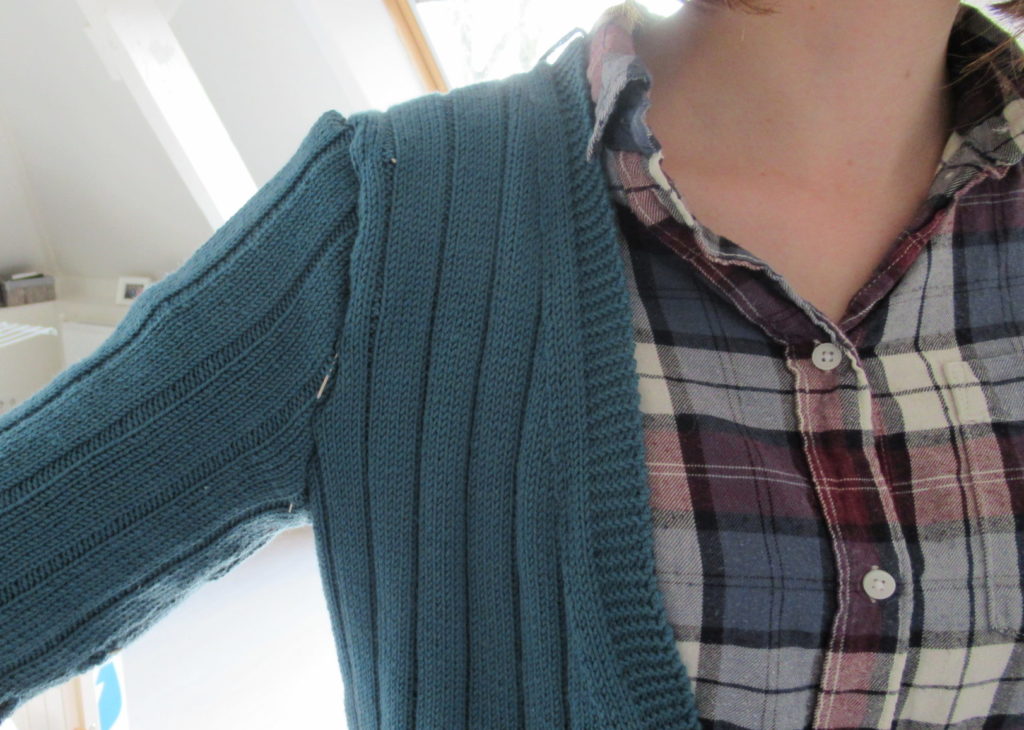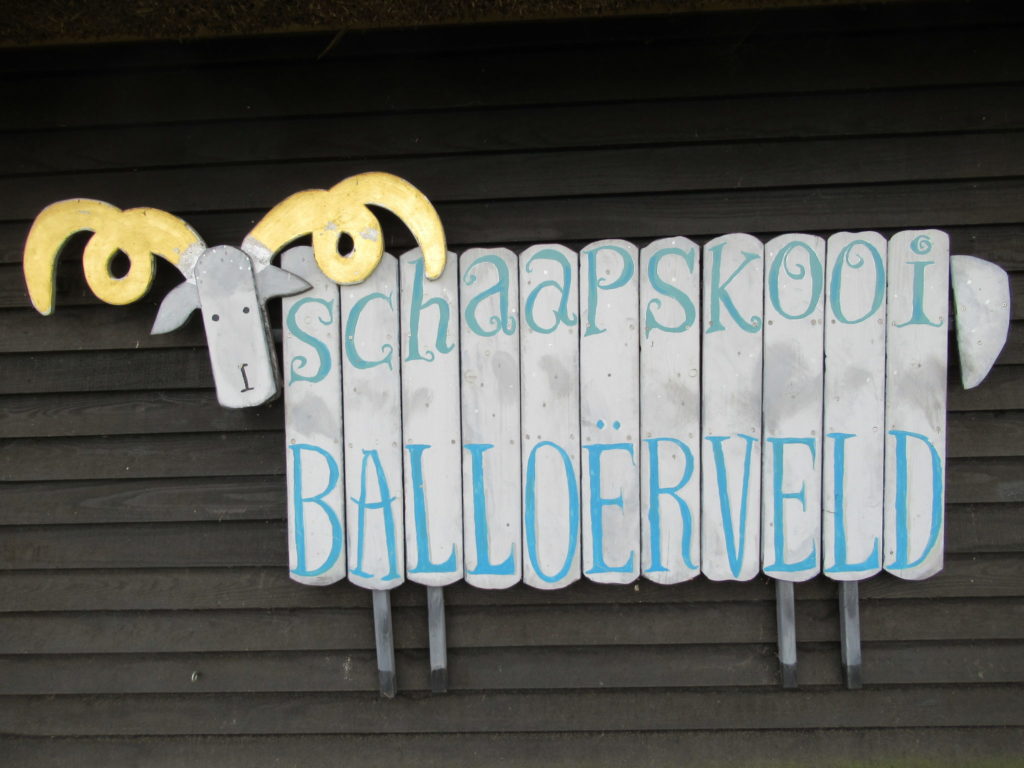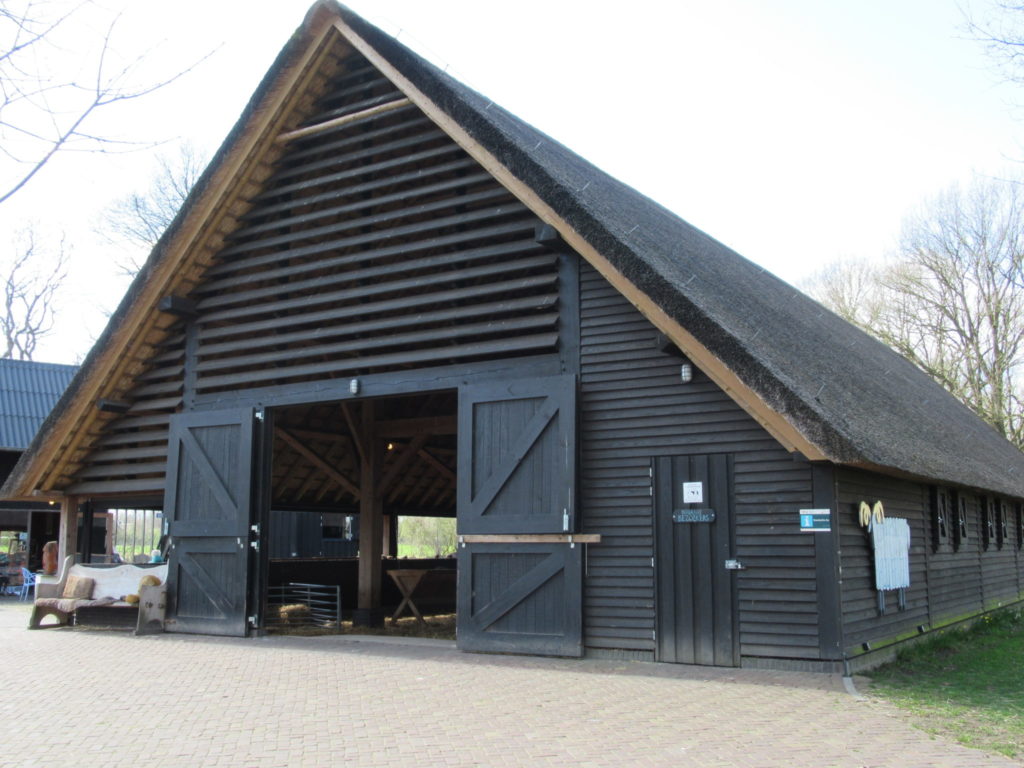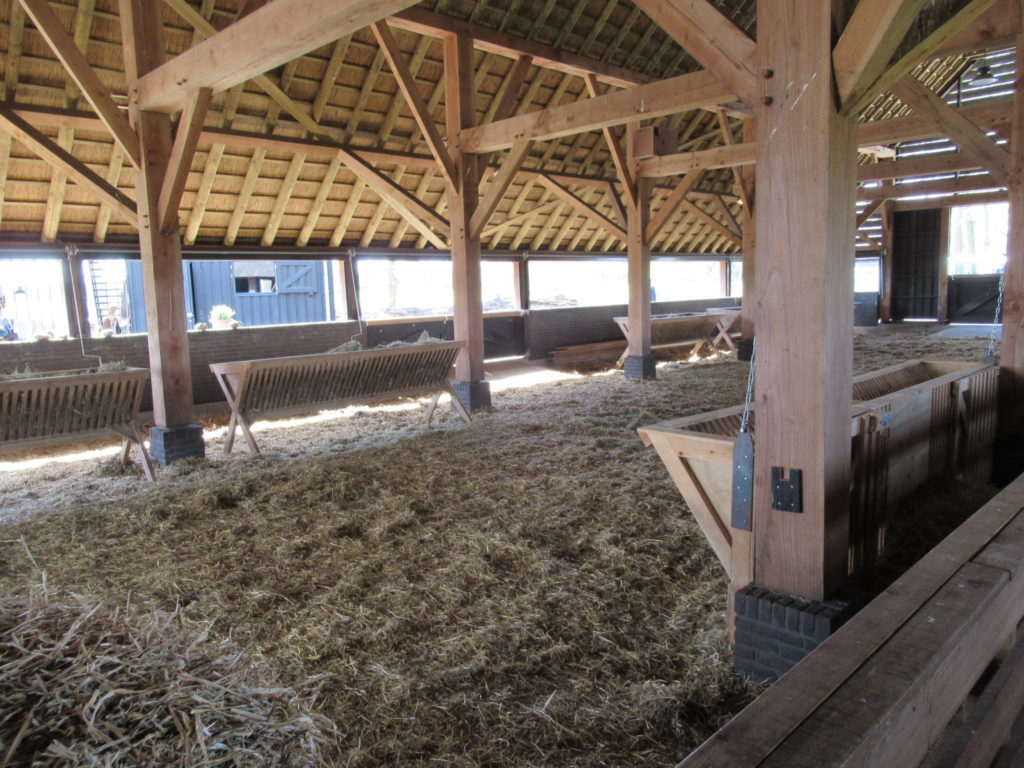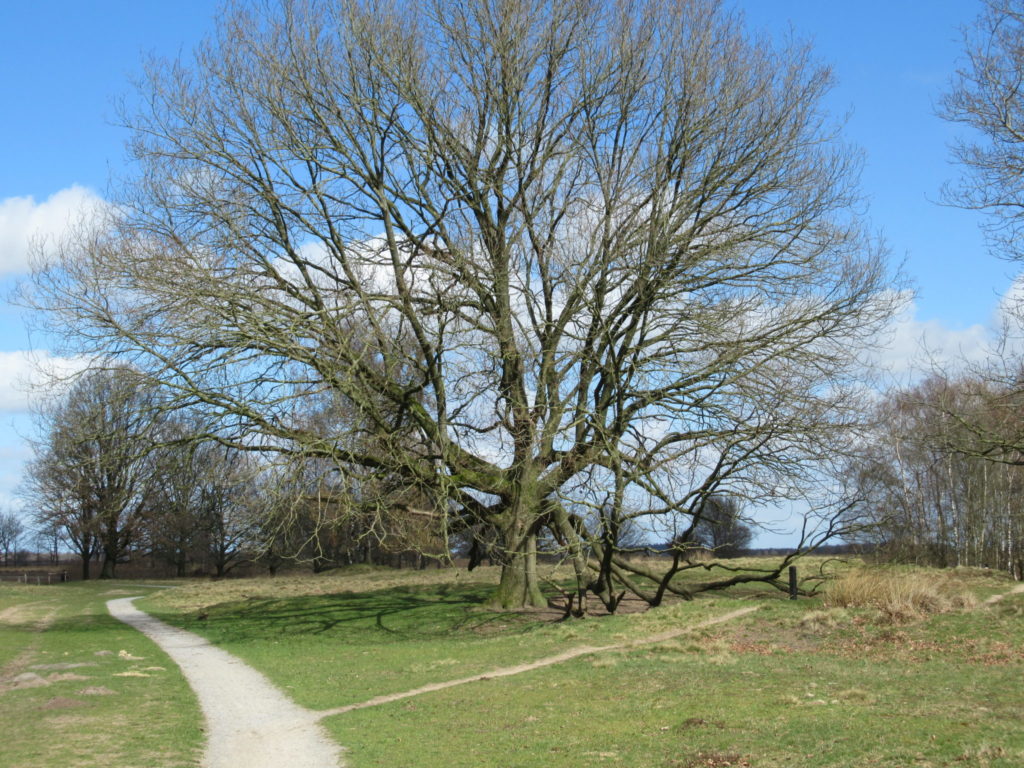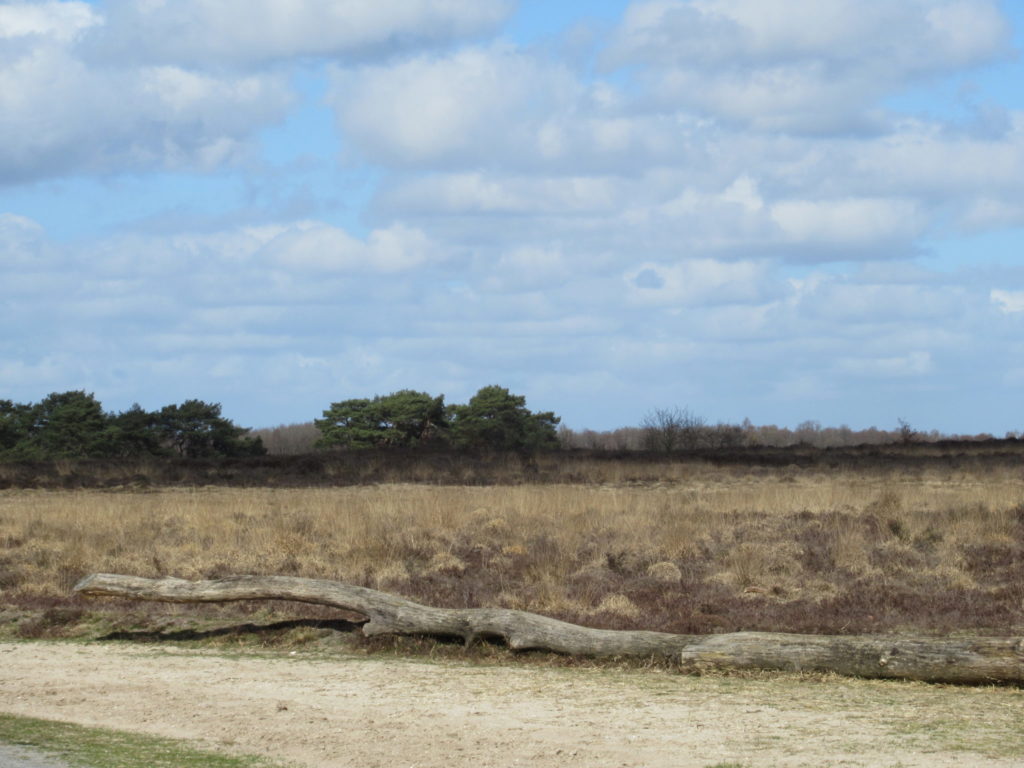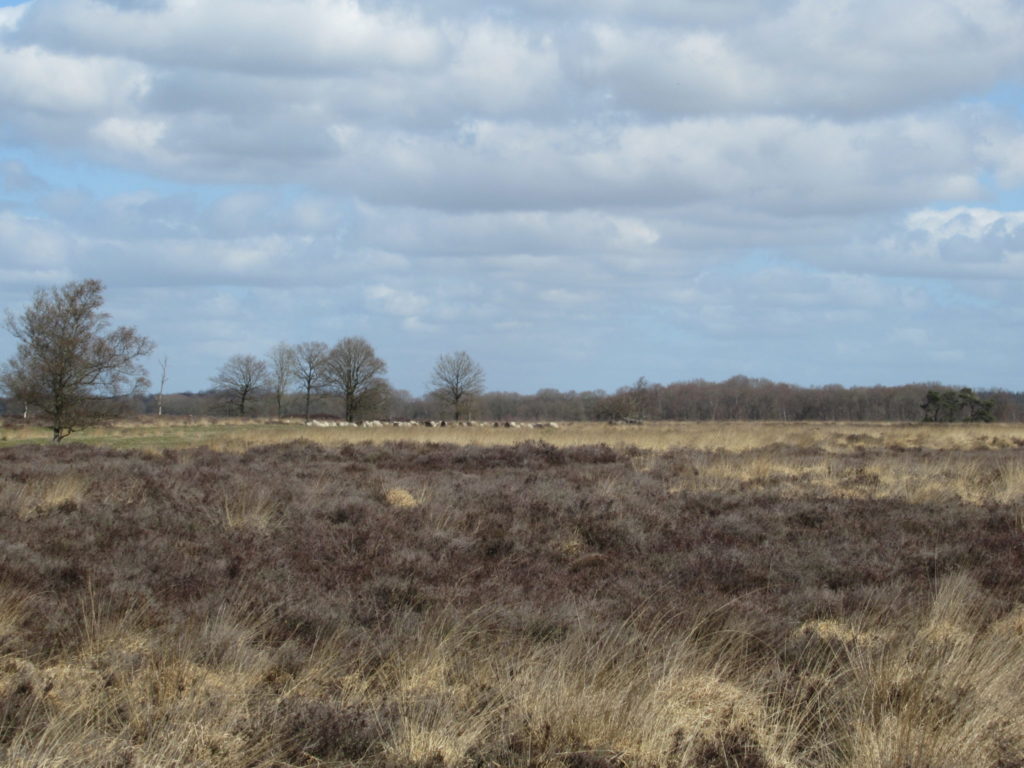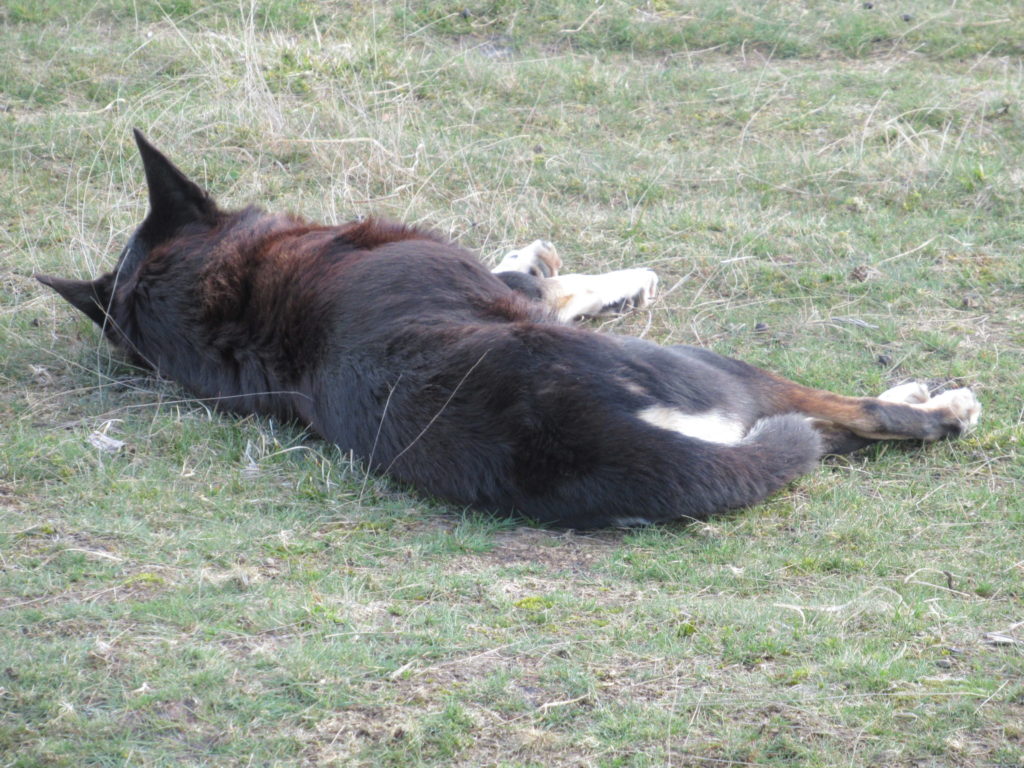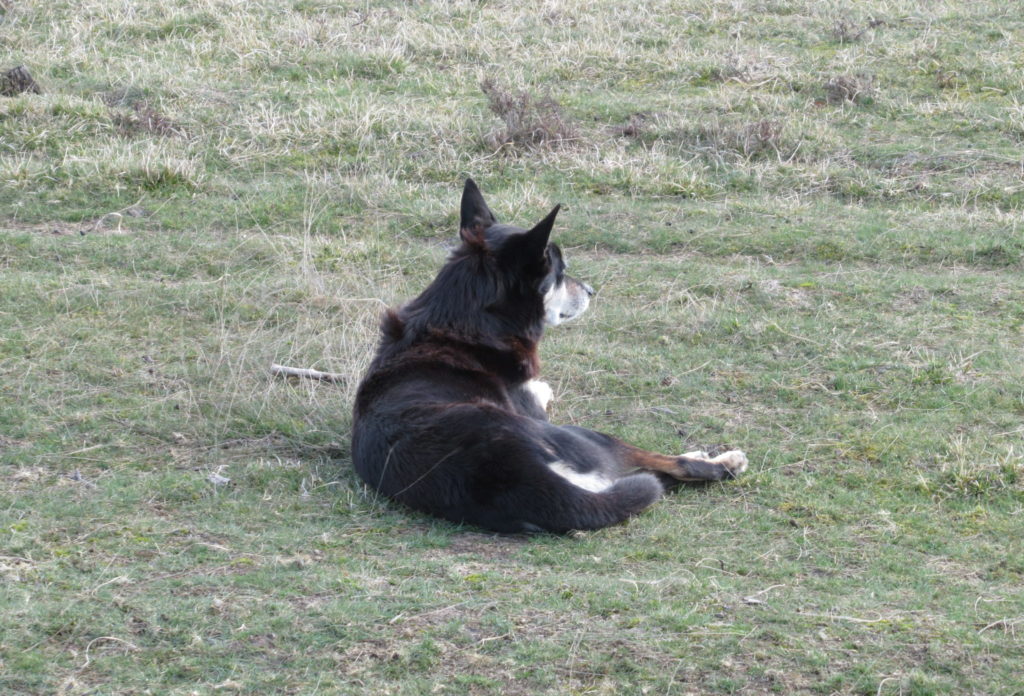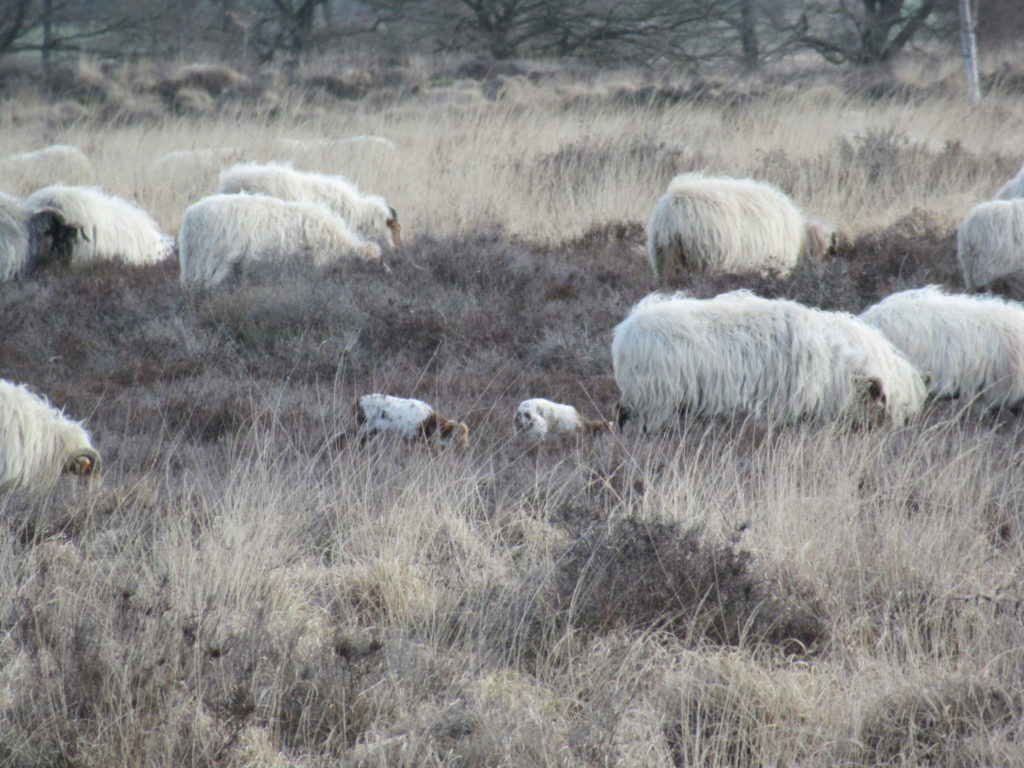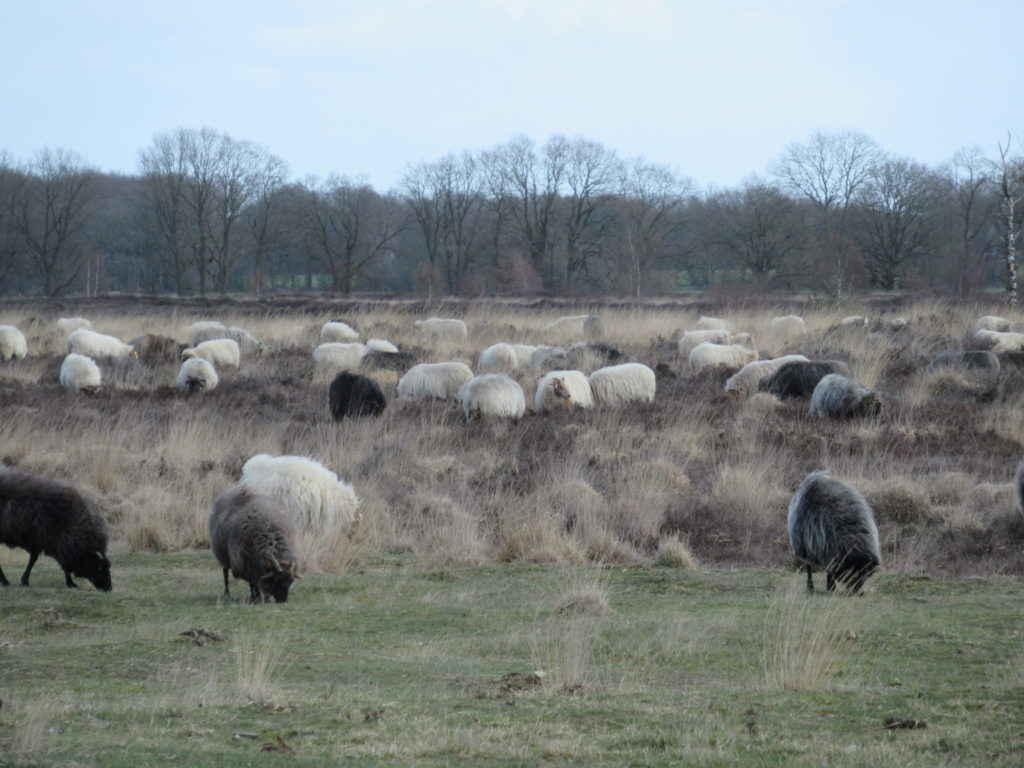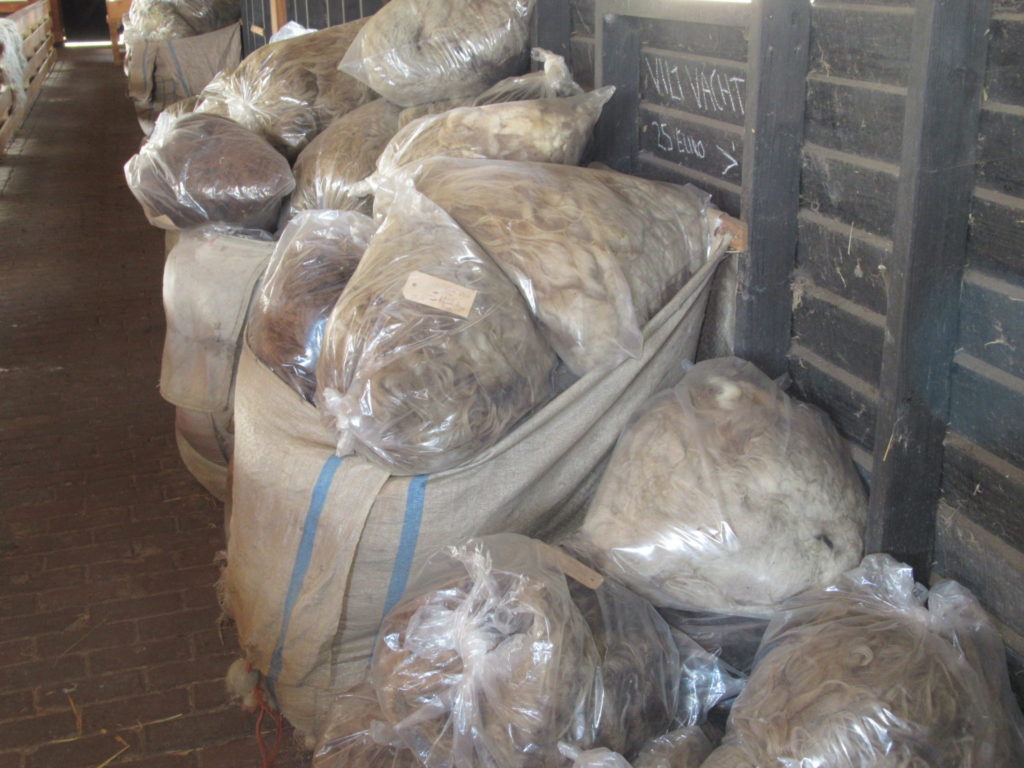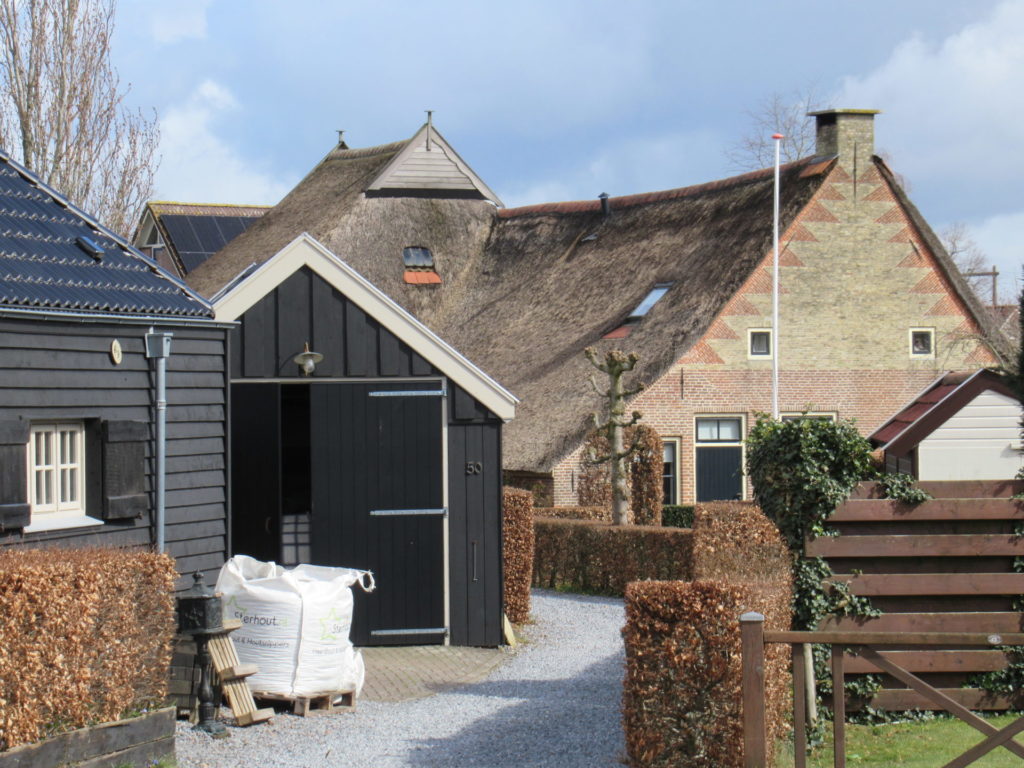
Hello again! Today, I’d like to share some of my thoughts with you while strolling through our village. It isn’t a particularly picturesque village, but I love it because it’s home.
Although the village is already mentioned in 14th century documents, there is little left that reminds us of the distant past. Most of the houses (some more attractive than others) date from the middle of the 20th century, and there’s also a brand new, recently finished housing estate.
But there are several beautiful old reed-roofed houses left, like the one at the top. And here’s the corner of the roof of another one:
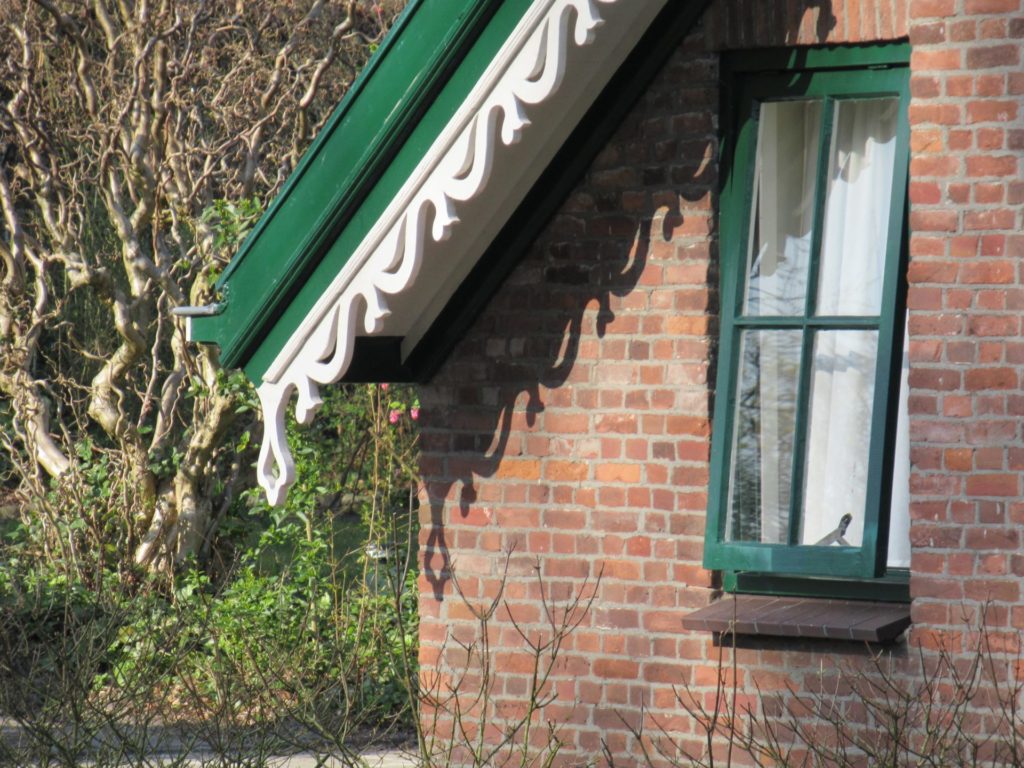
I’d like to translate the lovely scallops into the edging for a knitted shawl someday. My mind is always overflowing with ideas. Right now some of the ideas are crowded out by worries, however.
It’s the end of the third week of our ‘intelligent lockdown’, as our Prime Minister calls it. All events, big and small, have been cancelled until June. Schools, restaurants and cafés, theatres, libraries and other public places will remain closed until at least the end of April. People work from home and stay at home as much as they can. Everything to keep this dratted virus from spreading too fast.
We can still go out for our necessary shopping and also for a walk or a bicycle ride, as long as we keep a safe distance. I’m incredibly grateful for that, as for many other things.
Strolling through the village, I’m grateful for spring, with its birdsong and its flowers. For a garden filled with grape hyacinths…
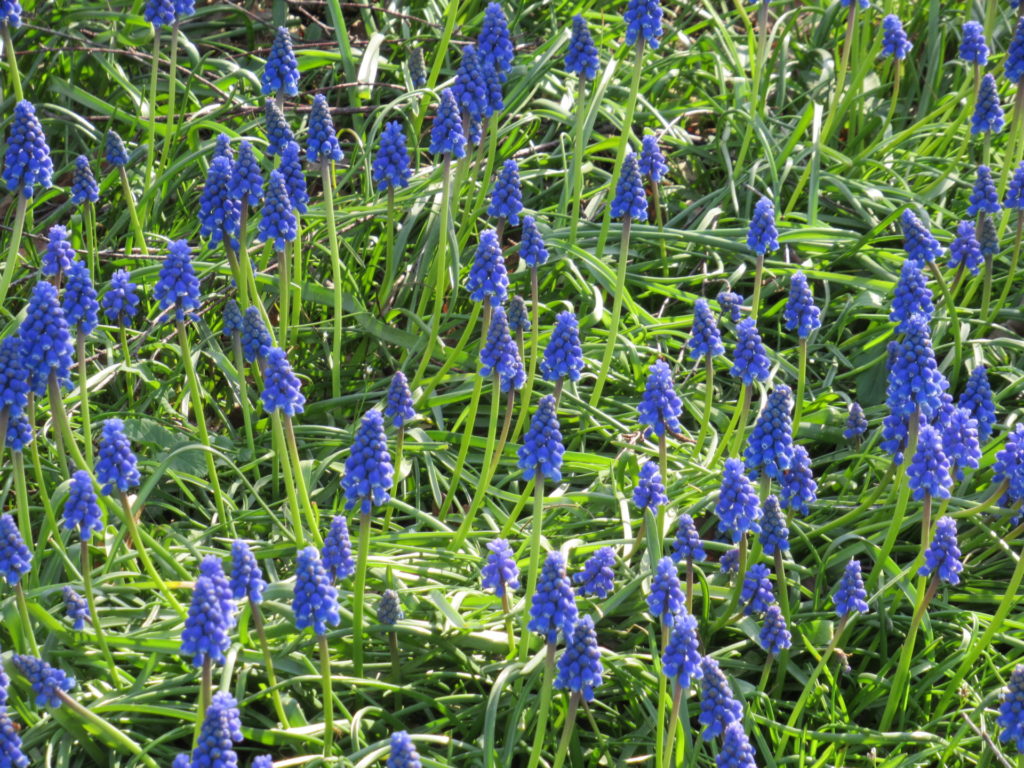
… for flowering magnolia trees…
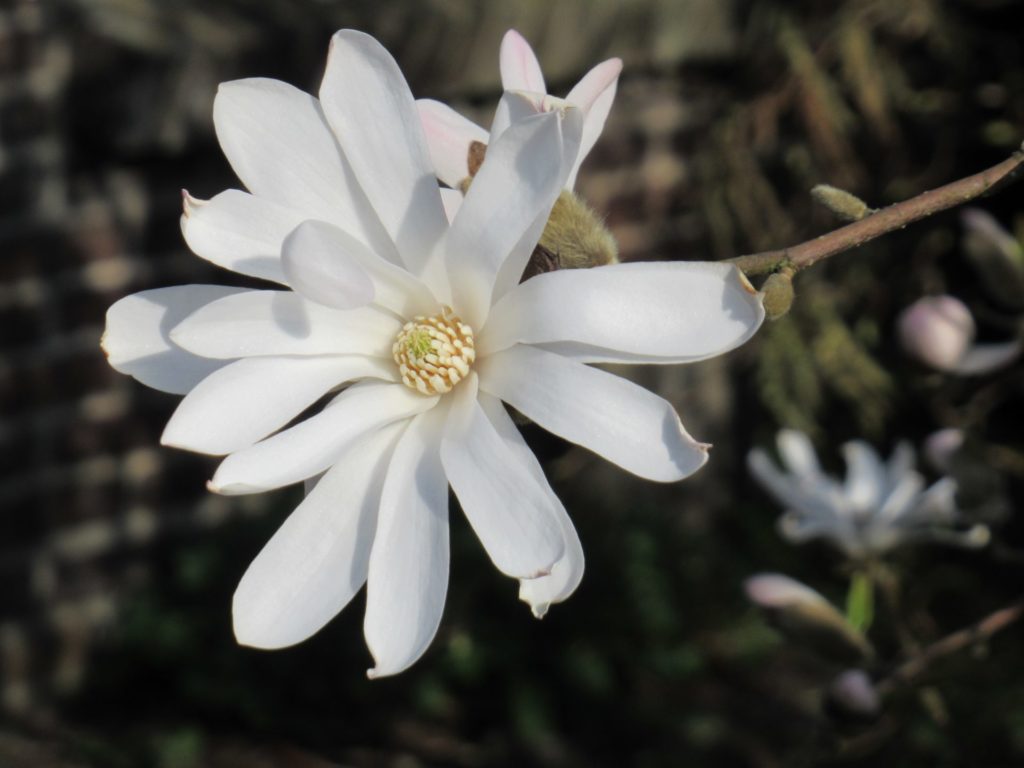
… for the sunlight reflecting off the bell of a cheerful children’s bike…
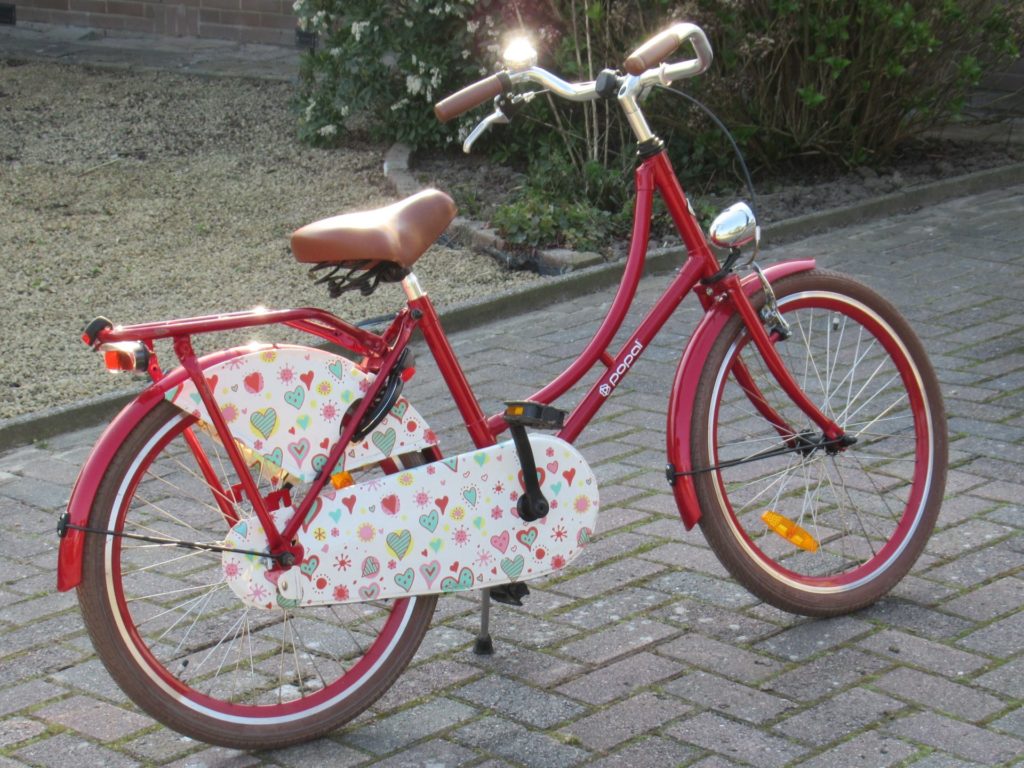
… and for the tiny pavement garden that gives passers-by something different to enjoy every month of the year. This month’s treat is scillas and lesser celandine:
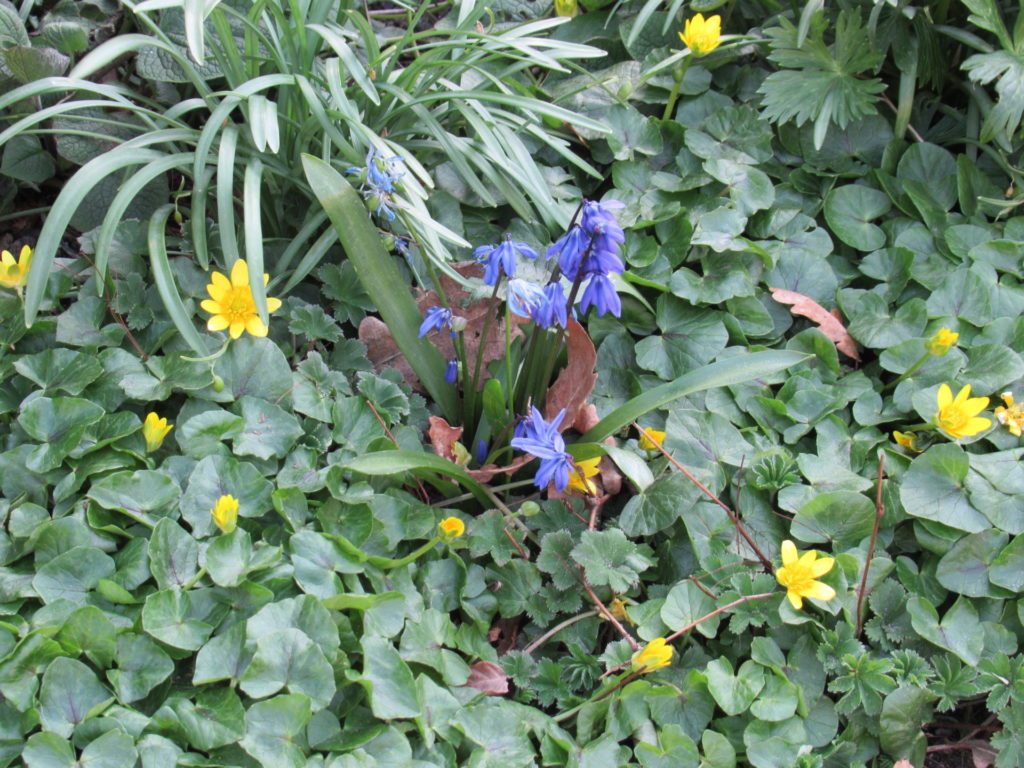
I’m grateful for so much. And I’m worried. Although I have the occasional what-if thought, I’m not so much worried for myself and my family. We’re okay, and we’ll manage.
I am worried for the vulnerable people in our society and in the world at large. For the elderly, for those suffering from anxiety, depression and other mental health problems, for children in unsafe homes, for people losing their jobs, for people making overtime in hospitals, for people unable to stay at home simply because they have no home.
I know that worrying won’t help, but what can I DO?
Strolling along, I see positive signs of other people wanting to do something. Someone placed this chalkboard along the pavement:
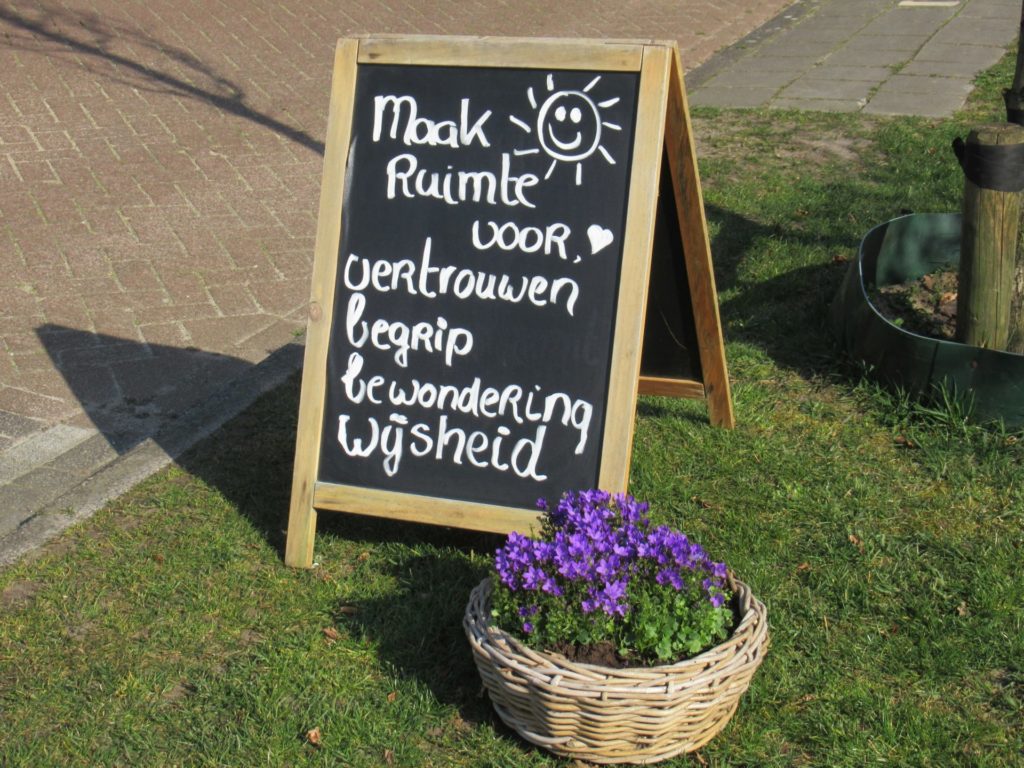
It says, ‘Make room for trust, understanding, wonder, wisdom’.
And I don’t know who it was, but someone somewhere in the world had the idea for a Bear Hunt, meant for small children and their parents, but also very nice for grown-ups. More and more bears are appearing in our village, too. One family crammed their windowsill full of them, and placed two more on their garden table:
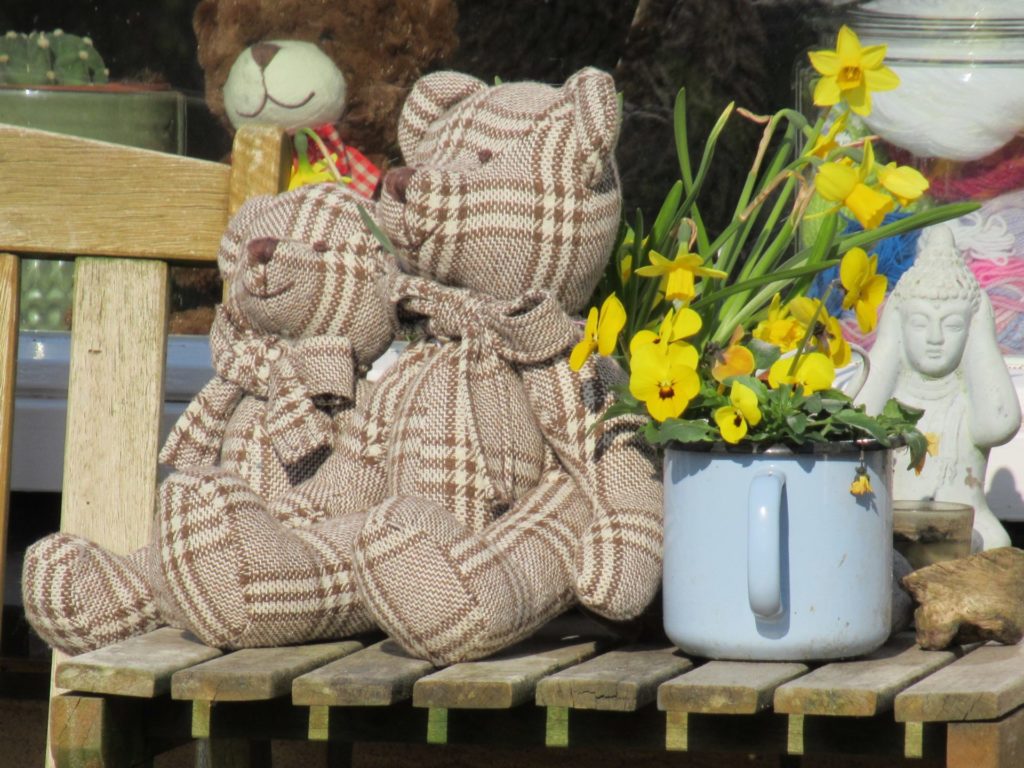
Such a simple and sweet gesture. Whoever it was who came up with this idea, I’m grateful to them for thinking of it. It reminds me that small and simple gestures can help. In this spirit, I made a short list of small things I can do:
- Make phone calls to everybody I can think of who may appreciate some company, even if it is from a distance.
- Listen to people without trying to push or pull them in any direction.
- Send someone an uplifting postcard.
- Donate to organisations supporting people I’m worried about.
- Chat with neighbours (from a safe distance) and ask if they’re okay.
- Keep blogging.
- Keep practising social distancing.
- Try to stay as nice as I can to the guy I’m staying at home with (not hard at all, because he is a VERY nice guy).
- Knit something for someone.
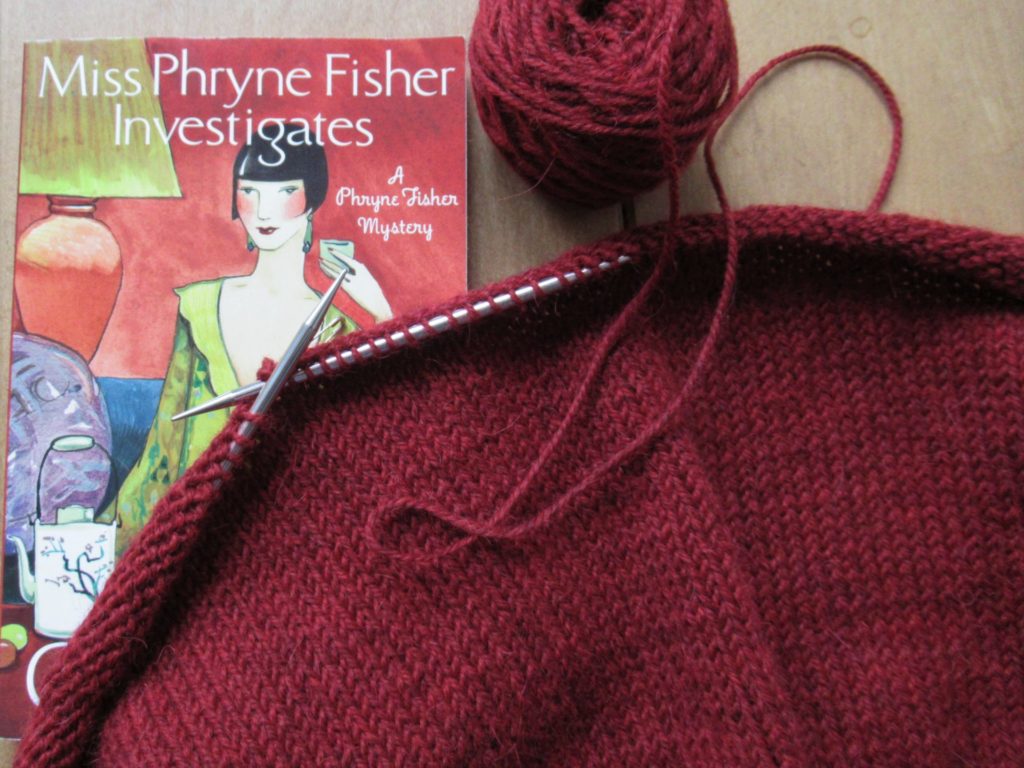
Any ideas for things to add to this list are welcome!
Taking action, no matter how small, is what works for me. I realize that not everybody is the same. I hope that you can find things that work for you. If nothing seems to work, please talk about it to someone you trust.
Thank you for strolling along with me and listening to my thoughts and worries. I hope you are still all right. Here’s a big smile for you from our upstairs window.
